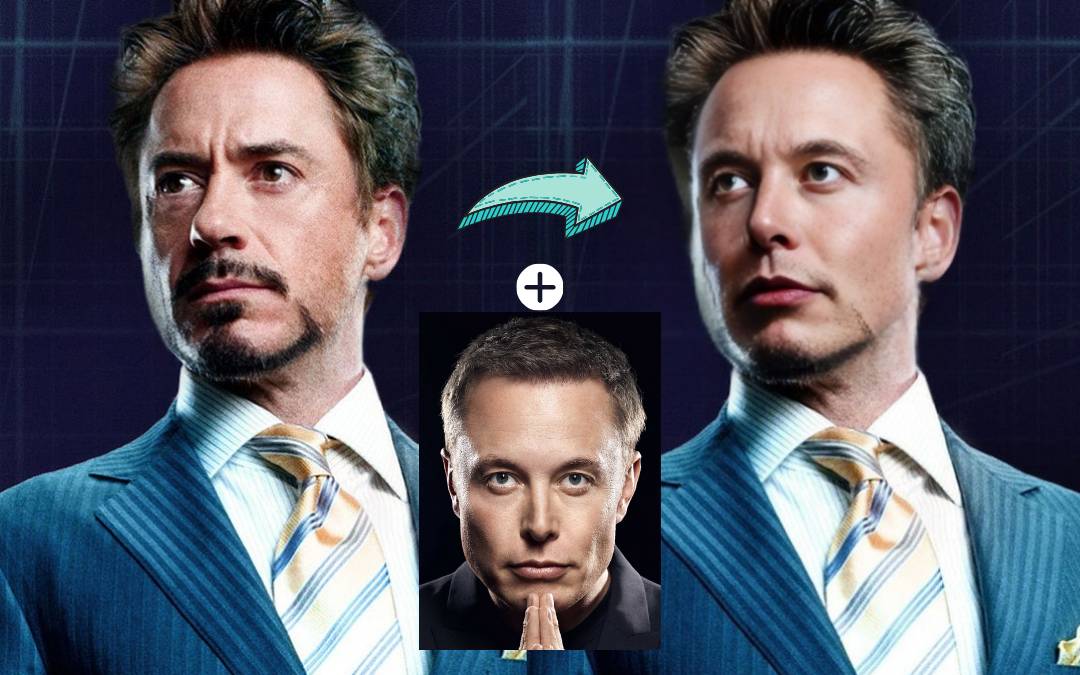In the world of digital media, video face swapper technology has emerged as one of the most exciting and innovative applications of artificial intelligence. This cutting-edge tool allows users to replace one person’s face with another in video clips, offering seamless and realistic results that were once only imaginable in movies. The capabilities of a video face-swapping tool are transforming the way content is created and consumed, with applications spanning entertainment, social media, advertising, and more.

At the core of a video face-swapping tool is deep learning, a subset of machine learning that involves neural networks capable of processing and interpreting complex visual data. These systems are trained on extensive datasets, learning to recognize the distinct features of human faces, such as the position of the eyes, nose, mouth, and facial structure. Once trained, the AI can accurately map the features of one face onto another, ensuring that the swapped faces maintain natural expressions, lighting, and movement in the video.
One of the most compelling aspects of video face-swapping technology is its ability to adapt to dynamic content. Unlike static images, videos involve motion, changing angles, and varying lighting conditions, which makes face swapping much more challenging. However, modern AI algorithms have advanced to the point where they can track the movement of the face throughout a video, applying the swap consistently and convincingly across frames. This results in a fluid, lifelike transformation that enhances the viewing experience.
In entertainment, video face-swapping technology has revolutionized the way films, TV shows, and digital media are produced. It allows filmmakers to digitally replace actors’ faces in certain scenes, eliminating the need for reshoots or expensive travel arrangements. This is especially useful in action sequences, where face-swapping can be used to insert a stunt double into a scene without compromising the actor’s appearance. Additionally, it has enabled the creation of deepfake performances, where actors can be digitally rejuvenated or even reanimated, opening new creative possibilities in storytelling.
In the realm of social media, video face-swapping has become a viral phenomenon, as users delight in transforming their own appearances or sharing humorous videos with swapped faces. From swapping faces with friends to inserting celebrities or even fictional characters into videos, the potential for creativity is endless. Platforms that offer these tools have quickly become popular, with users embracing them for entertainment, self-expression, and even satire.
However, with these advancements come significant concerns. The ability to swap faces so convincingly has led to the rise of deepfake videos—manipulated videos that can spread misinformation or defamation. The ethical implications are vast, as the technology can be used to create harmful or misleading content that can damage reputations, spread false narratives, or manipulate public opinion. This has led to increased calls for the development of countermeasures, such as deepfake detection systems, and the need for responsible usage of video face-swapping tools.
In conclusion, video face-swapping technology has the potential to reshape digital media, offering exciting opportunities in entertainment, content creation, and social interaction. However, as with any powerful tool, it must be used ethically and responsibly to prevent misuse. As AI technology continues to evolve, the future of video face swapping promises to offer even more realistic, immersive, and innovative experiences, pushing the boundaries of digital creativity.
 icons at the top right corner of the subsection.
icons at the top right corner of the subsection.